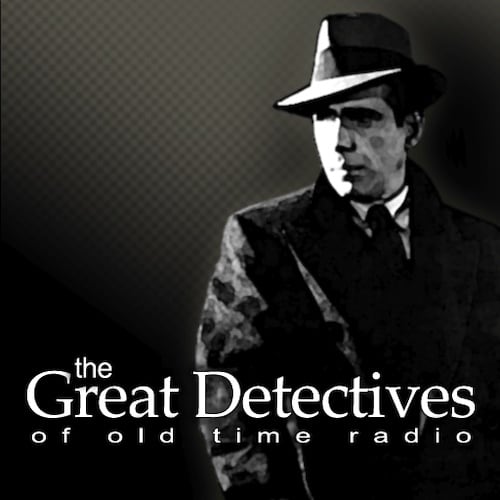Triple Jeopardy contains three Nero Wolfe novellas originally published in 1951 and 1952. Without any further adieu, let’s take a look at them:
Home to Roost:
A young man suspected of being a Communist but who had told his Aunt he was really an undercover FBI agent was murdered and his Aunt and Uncle believe Communist agents did it and want Wolfe to find out the truth. A less engaging story that still manages to pack a punch with a surprising ending.
Rating: Satisfactory
Cop Killer:
A classic Wolfe story that finds two refugees from the Soviet Union who are in the country illegally suspected of murder after fleeing the crime scene which is the shop of Wolfe and Archie’s barber. They take refuge in Wolfe’s home without Wolfe fully understanding the police want them. Wolfe’s sense of hospitality won’t allow him to turn them over to the police and Wolfe and Archie have to find out who the real killers are.
This is a story with a lot of fascinating features with us seeing their Barber shop. Some great interactions, including the police entreating Archie for a help with a difficult manicurist and Wolfe and Archie snowing Inspector Cramer by telling him that the suspects were there but in such a way he wouldn’t believe them. Archie explained to the frightened migrants, “They (Hitler and Stalin) tell barefaced lies to have them taken for the truth, and we told the barefaced truth to have it taken for a lie.”
Rating: Very Satisfactory
The Squirt and the Monkey:
This one begins with some strained credibility. For once, Wolfe is willing to take a job and Archie doesn’t want him to. A big shot on the Comic Strip, Dazzle Dan wants to use Archie’s gun to help recover his own stolen gun. He’s willing to pay Archie $500 for the use of his gun. Despite Archie pointing out that the most Wolfe could clear after taxes and expenses was $45, he’s off to the strange house that produces Dazzle Dan complete with monkey and an unusual cast of characters.
Through a complex series of events, a man is murdered with Archie’s gun, the client lies about why he’d hired Wolfe, and Cramer informs Wolfe that his license will be suspended. Once again you have to suspend disbelief as we’ve seen Wolfe insist on getting in writing what he’s being hired for multiple times.
However, this is when the story gets interesting. Wolfe goes to work in earnest and has his lawyer file a lawsuit against the client for a million dollars and begins an earnest study of the Dazzle Dan comic to unravel the mystery of what goes in the house that created him.
Overall, there is much about this story that makes it unique. Unfortunately, Stout, has a lot in here that’s hard to buy, so I can only rate it:
Rating: Satisfactory
The stories vary in quality but solidly clever solutions and some great settings in the last two stories make this a solid read.
Collection Rating: Satisfactory
You can find all the Nero Wolfe books in Kindle, Audiobook, and book form on our Nero Wolfe page.
If you enjoyed this post, you can have new posts about Detective stories and the golden age of radio and television delivered automatically to your Kindle.
